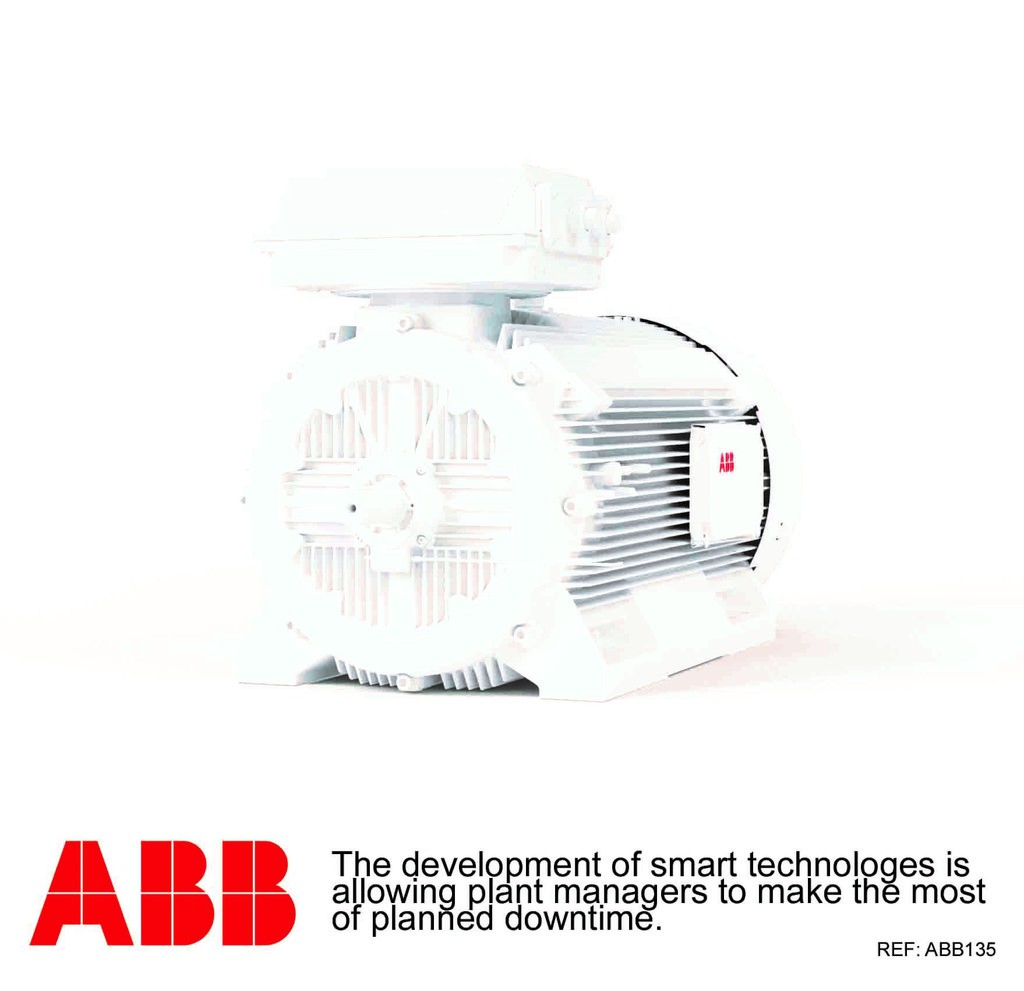

|
Edward Lowton
Editor |


|
How are you spending your downtime?
17 August 2017
For many, planned downtime is a critical part of the production cycle, allowing engineers to assess the status of equipment and ensure it is fully functional and make planned repairs and upgrades. This process has traditionally been something of a bugbear. However, smart technologies mean things are changing. Here, Robert Glass of ABB suggests how plant managers can make the most of downtime

The digitalisation boom of the past decade has had a significant impact on industrial plants. The advent of technologies such as smart robotics, cloud computing and predictive analytics means there is little preventing businesses from adopting an always-on approach to operation. However, the main reason this is not yet a widespread reality is planned system downtime, which, as every plant manager understands, is a necessity.
Of course, planned downtime itself is not a bad thing. During a set period, production lines and equipment are temporarily switched off so that maintenance engineers can assess the health of the system, make repairs and clean equipment. This is particularly important for the food and beverage industry, where hygiene is critical and production equipment must be contaminant-free. These functions are carried out to ensure that production lines can continuously operate reliably and safety, which makes this preferable to unplanned downtime due to fault or failure.
However, this still poses an issue for plant managers because any downtime, scheduled or otherwise, results in a dip in production. In continuous production industries like food manufacturing and processing, the hours lost to scheduled maintenance can account for a noticeable short-term fall in business profitability. This is exacerbated by the fact that downtime has not traditionally been scheduled using operational performance data, which may make its timing not optimal.
The solution to this is to plan maintenance work on specific systems separately, using performance data collected by smart technologies as an indicator of equipment health. Plant managers can review this accumulated data during planned downtime, allowing them to use the time productively to devise an informed and data-driven approach to maintenance in the future.
This process effectively shifts the time-tested maintenance paradigm. Instead of carrying out reactive maintenance on equipment and systems when things go wrong, engineers can conduct predictive maintenance that pre-empts problems. Plant managers capitalising on this opportunity can truly realise the potential of digitalisation and interconnected devices.
For example, most food processing plants include some form of conveyor system to move food through the production line effectively. The importance of these systems means that they are always operational, Electric motors are used throughout the conveyor system, yet because motors can be difficult to access and see into, a motor’s health is typically not known, and they are run until they stop. As a motor’s health deteriorates, performance drops significantly and there are several consequences such as elevated vibration levels and temperature.
Using a smart sensor on motors to monitor and assess a motor’s health allows plant managers to make an informed assessment. Plant managers can then use this data to identify when a motor needs maintenance and schedule it accordingly. To establish an informed maintenance schedule, plant managers should also use periods of planned downtime to review historic performance data and identify any patterns or trends.
While line downtime is currently an unavoidable part of production, digitalisation may allow this to be minimised in the future. In the meantime, plant managers can make the most of planned downtime by reviewing performance data and making effective plans for the future.
Robert Glass is global communications manager for ABB’s food and beverage program,
- Launchpad for HVAC drive
- Ice pigs in the pipeline
- Power transmission catalogue
- Flowmeter selection tool
- ABB introduces wireless energy harvesting temperature transmitter
- Lunch 'n' Learn training puts pressure on water leaks
- Oil costs reduced
- Stacks of savings
- Boiler maker wins Queen's Award for management system
- Emergency aid
- No related articles listed

















